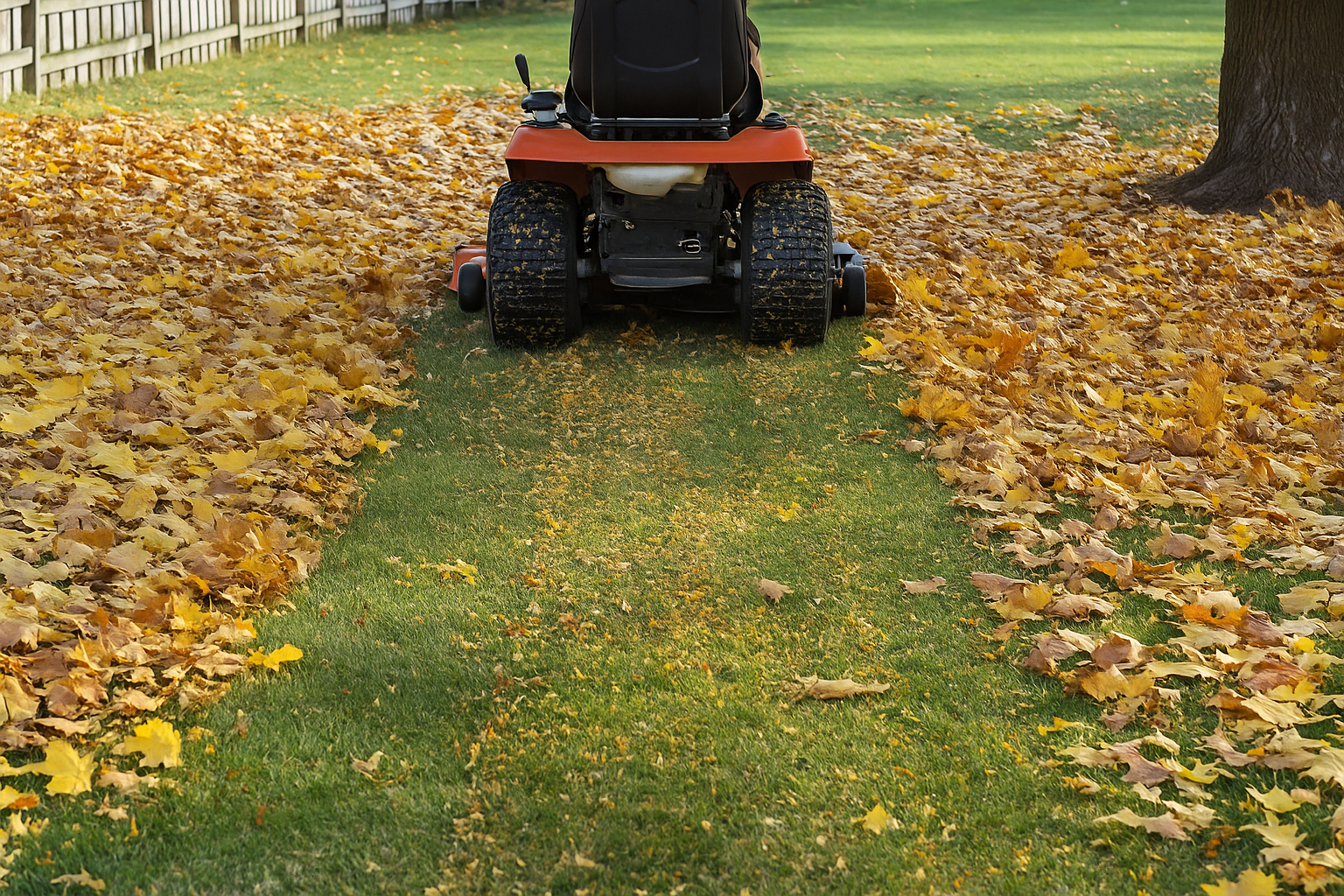
Creating Biodiverse Gardens: Innovative Landscaping for Local Wildlife Oct 21, 2025
Biodiversity in landscaping refers to incorporating a wide variety of plants, structures, and features that attract and support different species. The first step in developing a biodiverse garden is understanding your local ecosystem. Researching native plants is crucial as they are adapted to the local climate, beneficial insects, and wildlife. Incorporating native flora creates a natural habitat, promoting ecological balance.
Consider introducing an assortment of plants that bloom at different times throughout the year, ensuring there are food sources available for pollinators like bees and butterflies. Our team at Extra Mile Landscape & Irrigation can guide you in selecting a range of plants that offer visual appeal while supporting these vital insects. For instance, including milkweed or coneflowers can attract beautiful monarchs, adding life and color to the garden.
In addition to plant selection, consider the importance of varied plant structures. Layered plantings, from ground covers to tall trees, offer diverse habitats and shelter options for various wildlife species. This structuring can offer birds nesting sites or protection from predators, while also providing feeding opportunities. Shrubs with berries or nectar-rich flowers not only enhance the visual interest of your garden but also serve as crucial food sources.
One innovative approach in biodiversity efforts is incorporating water features. Ponds or birdbaths can serve as excellent attractions for wildlife. Not only do they provide essential hydration, but water features also encourage the presence of amphibians like frogs, which can naturally control pests. If water features are not feasible, small, strategically placed water containers can achieve similar effects.
Soil health is another critical aspect often overlooked. Rich, healthy soil full of organic matter supports microbial life, which in turn nourishes plants. Regularly mulching with organic material helps retain moisture, reduces weed growth, and adds essential nutrients back to the soil. Encouraging earthworms and other beneficial insects through such practices enhances the soil's fertility and sustainability.
Creating stone paths or small rock piles can also contribute to biodiversity. These structures provide refuge for small mammals and insects, while also adding texture and depth to the landscape. Furthermore, these features can help guide visitors through the garden, creating a seamless blend between functionality and aesthetics.
As we conclude, it’s essential to remember that a biodiverse garden is a dynamic, living ecosystem. Regular maintenance and observation are key to ensuring it continues to thrive. At Extra Mile Landscape & Irrigation, we take pride in helping our clients transition to more sustainable and wildlife-friendly garden designs. With thoughtful planning and a creative approach, your garden can become a haven for local wildlife, enriching both your home environment and the planet.
By following these guidelines and integrating biodiverse practices, you will not only enhance the natural beauty of your garden but also play a significant role in fostering an environment that can be cherished by future generations. Let's work together to make your garden a sanctuary for nature.